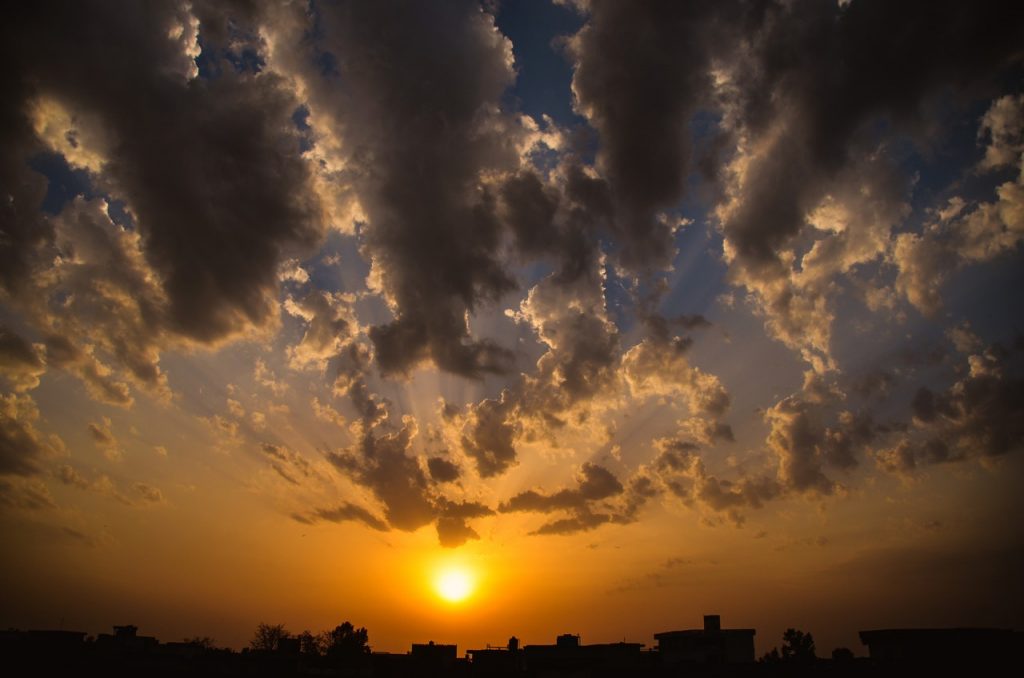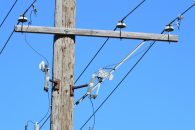
You’ve probably heard about hot weather causing power outages. These are what’s known as “blackouts,” but “brownouts” also occur – when your lights dim, but don’t go out completely. Unfortunately, they are common during these hot summer days. However, you probably don’t know the reason behind them.
Reasons Behind Hot Weather Power Outages
One of the most common reasons for hot weather power outages is people run their air conditioner for extended amounts of time. This places a large increase on the demand for electricity. While the electrical grid (not electric companies) is responsible for producing enough electricity to meet the demand each moment, there are times when power grids can’t keep up. At these times a blackout will happen.
Other power plants in the area will work to pick up the slack at such times. However, power plants will shut down instead of working beyond their maximum output. This is yet another reason for hot weather power outages. Sometimes power plants will even go so far as to create rolling blackouts, which is when they turn off electricity to certain areas to save power. These rolling blackouts will usually last for about 15 to 45 minutes before your power is restored and another area is turned off.
How to Prevent Hot Weather Power Outages
Believe it or not, there are some things you can do to reduce the possibility of a blackout or brownout in your area. By taking these steps you’ll save on electricity, which means there’s more electricity to go around. These things include:
- Use your stove instead of the microwave to save about 60% energy.
- When you’re away from home, set the thermostat a few degrees higher.
- Don’t use appliances between 4PM – 6PM.
Hopefully, you won’t experience any hot weather power outages this summer. If you do, make sure you think safety first. At least now you’ll know what to do if the power goes out, so you can concentrate on your safety.









